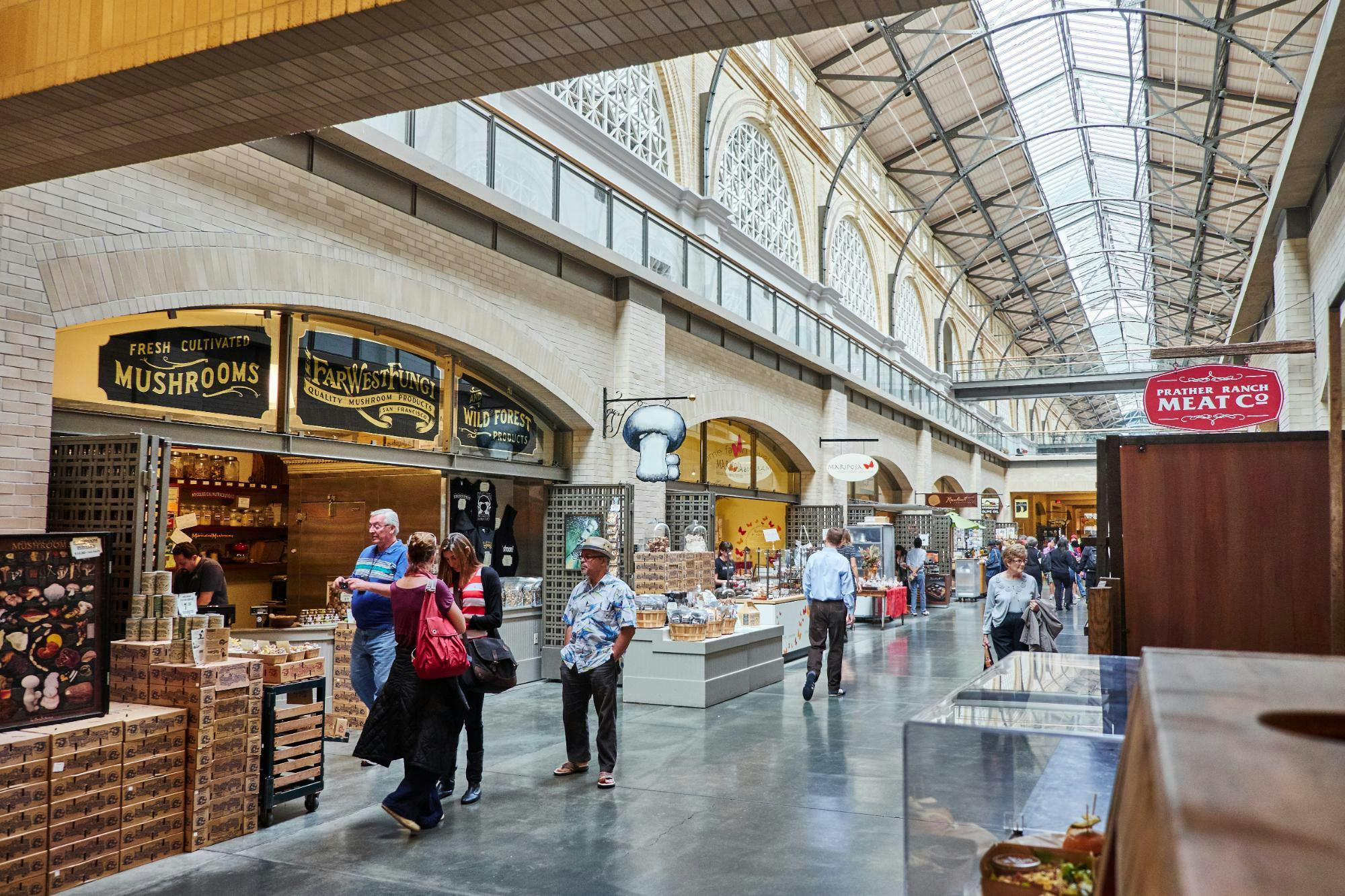By adapting to strong consumer demand for locally-sourced products, retailers of all sizes have recently achieved success. Companies ranging from local shops to national retailers have transformed their strategic, local mindset into a competitive advantage.
Local success stories
To support local businesses, cities across America promote Small Business Saturday, an annual event held on the Saturday after Black Friday each November to encourage consumers to buy local and contribute to the local economy.1U.S. Small Business Administration According to MarketResearch.com, 33% of shoppers said they made purchases from local businesses on Small Business Saturday in 2014. Similarly, the American Specialty Toy Retailing Association (ASTRA) holds its annual Neighborhood Toy Store Day in November to celebrate the benefits of buying from local retailers and suppliers.2Astratoy.org
Local products reflect consumer values, such as sustainability and quality.
Despite Amazon’s dominance of the book market and e-books’ popularity, local bookstores have recently enjoyed a revival. These local retailers tend to source rare titles – including local books –that larger retailers otherwise decline. The stores’ added value includes the personal touch of thoughtful staff recommendations and engaging readings by local authors.
Consumers also value the superior quality of local products. Online retailer Etsy has gained popularity by connecting shoppers with local retailers and suppliers who sell jewelry, clothing and other products that are unique or of higher quality than chain stores’ offerings.3Howland, Daphne. Target tapping into growing ‘buy local’ movement. Retail Dive. July 16, 2015
Major retailers respect the appeal of local products
The “buy local” movement has led retail giants to expand their local marketing and product sourcing efforts. Target is collaborating with US designer Todd Snyder on a campaign called “Local Pride by Todd Snyder.” To bring local flair to stores in such cities as Boston, Chicago, San Francisco and Los Angeles, Snyder is immersing himself in local culture to develop designs that capture each city’s essence.4Howland, Daphne. Target tapping into growing ‘buy local’ movement. Retail Dive. July 16, 2015 5Binkley, Christina. Target Goes for Local Cool. The Wall Street Journal. July 15, 2015
To serve local shoppers better, retail drug chain Walgreens has developed proprietary mapping-analytics technology to generate location-specific data for superior consumer insights. The WalMap interactive maps reveal near real time, regional data that helps Walgreens spot trends to make business decisions faster. Most notably, Walgreens’ data helped the company anticipate the regional pattern of a flu breakout before the Centers for Disease Control identified it. The location-aware data also informs decisions on product launches, inventory management strategies and real estate expansion.6Thau, Barbara. Walgreens using interactive mapping tech to spot local trends. Retail Dive. October 23, 2015
How to capitalize on the “buy local” movement
- Deliver outstanding, personalized customer service: Local companies can earn brand trust, positive word of mouth and organic growth – online and offline – by developing relationships with customers, remaining responsive and consistently seeking feedback
- Embrace local, digital marketing and technology: Local companies can optimize their mobile websites in a cost-effective way by listing their companies in local mobile searches, in Google Maps and Apple Maps, and on sites such as Yelp and TripAdvisor. Additional options include location-aware data, apps and online ads to appeal to local shoppers.
- Market locally offline, too: To showcase your company and your pride in the local community, get involved in local events, offer specials for local shoppers, and target consumers with direct mail and ads in local newspapers. Check out events and resources available through the Location Based Marketing Association, which holds in major cities in the U.S. and around the world.
 Celebrate authenticity: To attract lucrative Millennial shoppers who lead the “buy local” movement and value authenticity, suppliers and retailers can help them feel an emotional connection to their brands by sharing the history and heritage of local products.7Millennials in 2015: Retail Deep Dive. Nielsen. 2015 Companies can use packaging, as well as in-store and digital communications to share their meaningful brand stories.
Celebrate authenticity: To attract lucrative Millennial shoppers who lead the “buy local” movement and value authenticity, suppliers and retailers can help them feel an emotional connection to their brands by sharing the history and heritage of local products.7Millennials in 2015: Retail Deep Dive. Nielsen. 2015 Companies can use packaging, as well as in-store and digital communications to share their meaningful brand stories.
Offer local products to boost customer loyalty
This year, retailers should build strategic relationships with local product suppliers to capitalize on the growing “buy local” movement. Local products reflect consumer values, such as sustainability and quality. Millennials appreciate the authenticity and distinctiveness of local products. Marketing technology innovations make it easier than ever for companies to attract local shoppers. In addition, local products offer opportunities for retailers and suppliers to provide meaningful, personalized customer service that strengthens brand trust.
How has the “buy local” movement impacted your business strategy?


